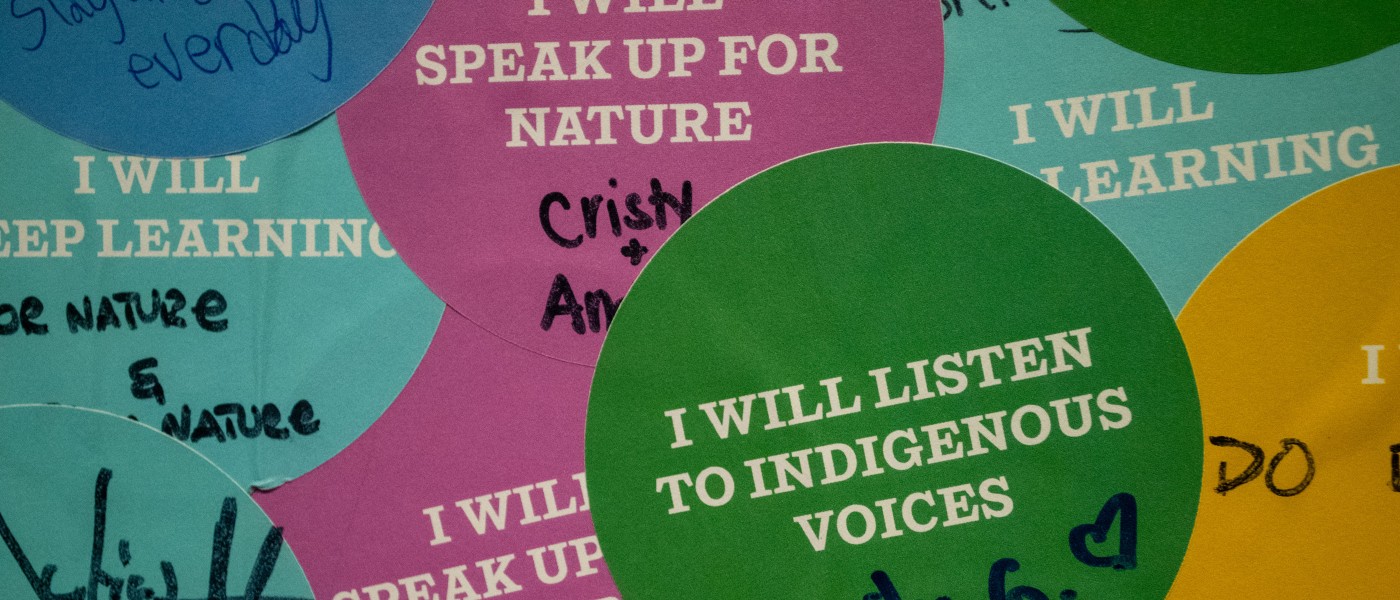Finding Agency in a Time of Crisis
“It’s a wake-up summer, in some ways, for a lot of people in North America,” says Miranda Massie, director and founder of the Climate Museum, the first climate-focused museum in the country.
Massive wildfires have displaced thousands in Canada and turned the air in New York City a noxious orange, floods have ripped through Vermont and upstate New York, and record-breaking heat waves have gripped the southern U.S. and parts of Mexico. The National Oceanic and Atmospheric Administration (NOAA) reported that this past June was the warmest on record; scientists have connected this summer's heat waves to the combined effects of climate change and El Niño. July is likely to become the hottest month on record, period.
“We’re in an increasingly intense and distressing emergency state,” Massie says. “The hurdle that people have in a fundamental sense comes down to feeling small and isolated in relation to a crisis that is massive and global. How do you get people to understand they’re part of a community?”
In June, in partnership with the Climate Museum and The Nature Conservancy, Brooklyn Botanic Garden opened an exhibit in the Conservatory Gallery called You Can Make a Difference on Climate. The exhibit, which runs through October 22, invites visitors to cover the walls with stickers that promise climate action. The sticker wall concept originally appeared at a Climate Museum pop-up last fall, and was inspired by artist Yayoi Kusama’s Obliteration Room at Tate Modern in London.
Americans underestimate the popularity of climate action and climate justice, says Massie. In fact, research suggests that most Americans (65 percent) are concerned about climate change. Massie hopes that helping people collectively engage with this crisis can eventually help foster a political environment that supports transformative, broad-scale policy action.
Some of the colorful stickers are prewritten: “I will care for street trees”; “I will organize”; “I will speak up for nature”; “I will listen to Indigenous voices”; “I will talk about climate more.” Other stickers allow visitors to fill in the blanks. Some visitors promised to help create a better world for their kids, to “save bugs,” or to hold corporations and institutions accountable. “I will start my own garden,” another visitor wrote.
Accompanying the sticker wall is text created by The Nature Conservancy emphasizing the need for bolder global climate commitments—and for regular citizens to start talking about climate change more.
“Even though more than 7 in 10 Americans know that climate change is happening, and 6 in 10 are worried about it, two-thirds of Americans rarely, if ever, talk about climate change with the people they care about,” the text reads. “The more people hear conversations about climate change, the more socially validated these conversations become and the less alone we all feel.”
Massie wasn’t sure if people would need encouragement and direction to participate in the exhibit. Instead, she was struck by the fact that visitors put them everywhere, even obscuring the exhibition text. (This summer, Garden staff will reprint the text and create space for more stickers.)
“It shows there’s a hunger for a sense of collective action and community on climate that runs throughout our city, our state, our country,” she says. “And it’s just sitting out there waiting to be activated.”


